I had the good fortune to review the Palmetto State Armory .300 Blackout / AAC. I’ll go into great detail about this weapon including design, gas tube, additional equipment that came with it. However, before we get started let’s talk about the history of the .300 AAC & blackout.
Table Of Contents
History of .300 AAC
The Armalite Rifle (AR) is one of the most successful rifle platforms of all time. It’s only true competition is the AKM, which has been reproduced over 100 million times. The AR’s success has been largely due to its modular nature. A user is able to modify the rifle to suit their needs with optics, hand grips, slings, stocks, and just about any other accessory you can think of.
For years, the AR platform came in two calibers; 5.56mm NATO (.223 REM) and 7.62x51mm NATO (.308 Win). In the early 2000s, however, there was a resurgence of AR use in the United States, based in part on the government’s effort to ban them.
After the 1994 Assault Weapon Ban ended in 2004, AR makers began experimenting with new calibers to meet the increased demand. Today you can build your AR in any of more than a dozen calibers, from .22 LR to .50 BMG and anywhere in between.
.300 Blackout
.300 AAC (also called .300 Blackout) is relatively new on the scene, receiving its SAAMI (Sporting Arms and Munitions Institute) approval in 2011. It was originally designed as a collaboration between Advanced Armament Corp and Remington Defense.
As the story goes, a military customer (likely U.S. Special Forces) approached AAC and requested a 30 caliber round for use in AR-15s using standard AR bolts and standard 30 round AR magazines. This had been attempted several times before but without much success.
Robert Silvers, the lead ammunition designer for AAC, improved upon the already existing .300 Whisper and the result was .300 Blackout. It has the same muzzle energy as an AK-47 round while utilizing all AR-15 parts.
Palmetto State Armory .300 Blackout MOE Rifle
Palmetto State Armory started in 2008 with founder Jamin McCallum selling gun magazines and ammunition from his garage. They quickly became one of the leading names in American firearms, producing their own line of AR-15s, AK-47s, and pistols.
Design
It’s an AR-15, so the design is a familiar one. That doesn’t mean it’s boring. There are some unique design features to this AR that make it stand out from the crowd.
Without getting too technical, the .300 Blackout round was designed to be fired both subsonic and supersonic. Subsonic simply means that the projectile travels at a slower speed, roughly less than 1100 feet per second. Subsonic rounds do not produce the distinctive crack of a typical gunshot when fired, although they are not completely silent. (Also because of this, subsonic .300 Blackout rifles and Short Barreled Rifles [SBRs] make an excellent choice for suppressors and silencers).
.300 Blackout Pistol Length Gas Tube
In gas-operated firearms like the AR-15, the firing pin strikes the primer which ignites the powder inside the cartridge, creating a small explosion that propels the bullet out of the barrel. The gas generated during that explosion is recycled back through the gas tube and is used to push the bolt carrier group backward, which ejects the spent cartridge and chambers the next round.
Because .300 Blackout is made to be subsonic, a shorter gas tube is ideal. The PSA .300 Blackout MOE Rifle utilizes a 4.5” Pistol Length Gas Tube, the shortest gas tube available.
A shorter gas tube allows for more efficient use of the gas because it has a shorter distance to travel. A shorter distance equals less dissipation. Because the subsonic round is loaded with less gunpowder, more efficient use of the gas system is required to ensure the proper cycle of function.
Magpul Original Equipment
Another feature of the PSA .300 Blackout MOE Rifle is the Magpul accessories that come standard. Magpul has positioned itself as the leading AR-15 accessories maker in the United States, thanks in large part to the popularity of their PMAG polymer magazines. In addition to one 30-round PMAG magazine (where authorized), the Palmetto State Armory .300 Blackout Rifle comes with:
- Magpul M-LOK Handguards
- Magpul six-position Adjustable Carbine Stock
- Magpul Front and Rear MBUS Backup Sights
- Magpul MOE Grip with storage
- Magpul Enhanced Trigger Guard
.300 Blackout Range Day – First Impression
For my initial test, I paired my PSA .300 Blackout MOE Rifle with one of my favorite red dot optics, my trusty Aimpoint CompML3. It’s the same red dot optic that hundreds of thousands of U.S. troops have used on their M4s for the better part of the last 20 years. I carried an M4 with an M68 (military designation for the Comp ML3) in both Iraq and Afghanistan.
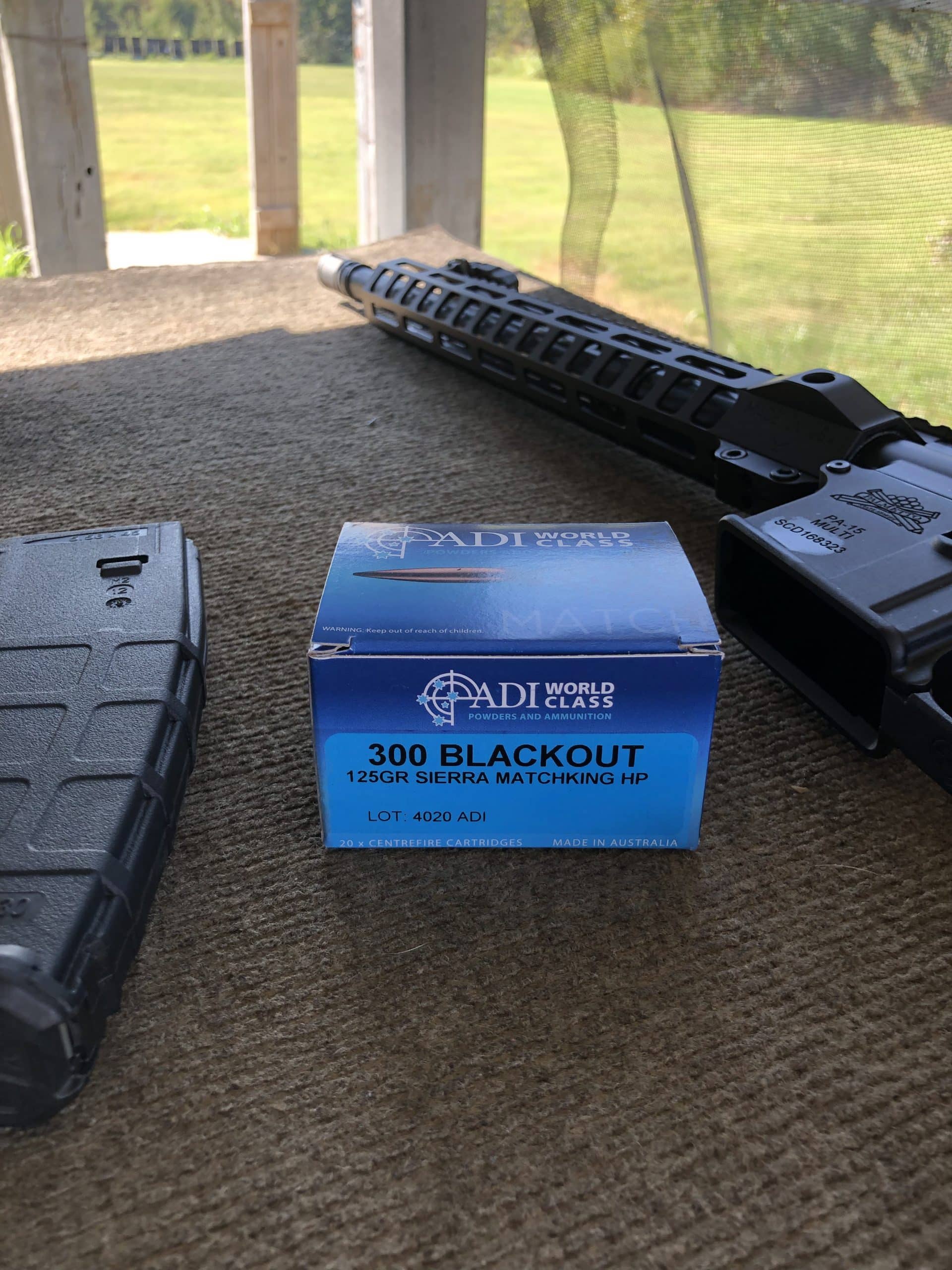
.300 Blackout AR-15 Barrel & Bolt Face
Specifically, the barrel and bolt face. Because of this, it’s common for avid shooters to use the same lower receiver and swap out upper receivers. Having two nearly identical rifles of different calibers can lead to obvious problems if you aren’t extremely careful.Firing 5.56mm ammunition through a .300 Blackout barrel is not advisable, but because 5.56mm is smaller in diameter than .300 Blackout, it won’t damage the rifle. If you grab a .300 Blackout magazine and try to fire it through a 5.56mm barrel, however, the result will be a catastrophic malfunction and you will likely be injured, possibly killed.
Despite being an experienced shooter, I was a little nervous putting the first round through my new rifle. Even though the barrel is noticeably larger in diameter than a 5.56mm barrel, the upper receiver is not labeled with the caliber, as I expected it to be. I thought at a minimum it would be stamped on the barrel, but it was not.
Needless to say, the ammunition was correct and the gun did not blow up when I squeezed the trigger. I expected a larger recoil than a 5.56mm AR-15, and it didn’t disappoint. The kick was noticeably greater than its 5.56mm brother.
It was comparable (again, with reason) to the kick of an AK-47. Despite the greater kick, it was still easily controllable and the extra recoil should not affect an experienced shooter in the least.
.300 Blackout Accuracy
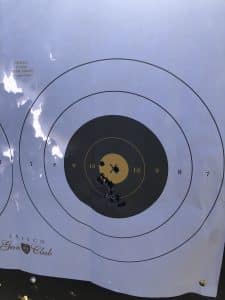
.300 Blackout For Sale
.300 Blackout AR-15 – Conclusion
I chose a .300 Blackout AR-15 mostly for variety. I have been shooting my 5.56mm AR-15 for over 10 years now, and while it’s still fun, I wanted to see if I could shake things up a bit. There’s not much to dislike about the PSA .300 Blackout MOE Rifle. It’s everything you love about an AR-15; modular, familiar, user-friendly.
The Palmetto State Armory .300 Blackout also packs significantly more punch while maintaining the same number of rounds per magazine. The only drawback is that .300 Blackout ammunition has never been as readily available as 5.56mm, and that was before the current ammunition shortage. Its scarcity also increases the price per round, nearly double the PPR of 5.56mm ammunition.
I can’t say enough good things about Palmetto State Armory. In just over a dozen years they’ve gone from a one-man operation in a garage to one of the leading firearms manufacturers in the country. The quality of their rifles is second to none, on par with anything that Colt or Smith & Wesson offer. I hear their customer service is also excellent. Although I’ve never had a single problem with them in order to need customer service.
Palmetto State Armory Ammo?
Finally, a little off subject, but a report recently broke that PSA has purchased equipment (from an Eastern European country) to begin producing steel-cased ammunition in three popular sizes: 7.62x39mm, 5.56x45mm, and 9mm. This move is in direct response to the Biden Administration banning the importation of Russian ammunition. The majority of which is steel-cased “bulk” ammo. PSA has once again shown themselves to be trendsetters in the firearms industry.
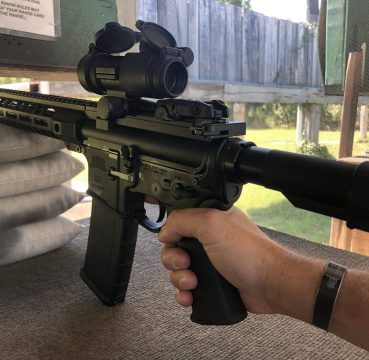


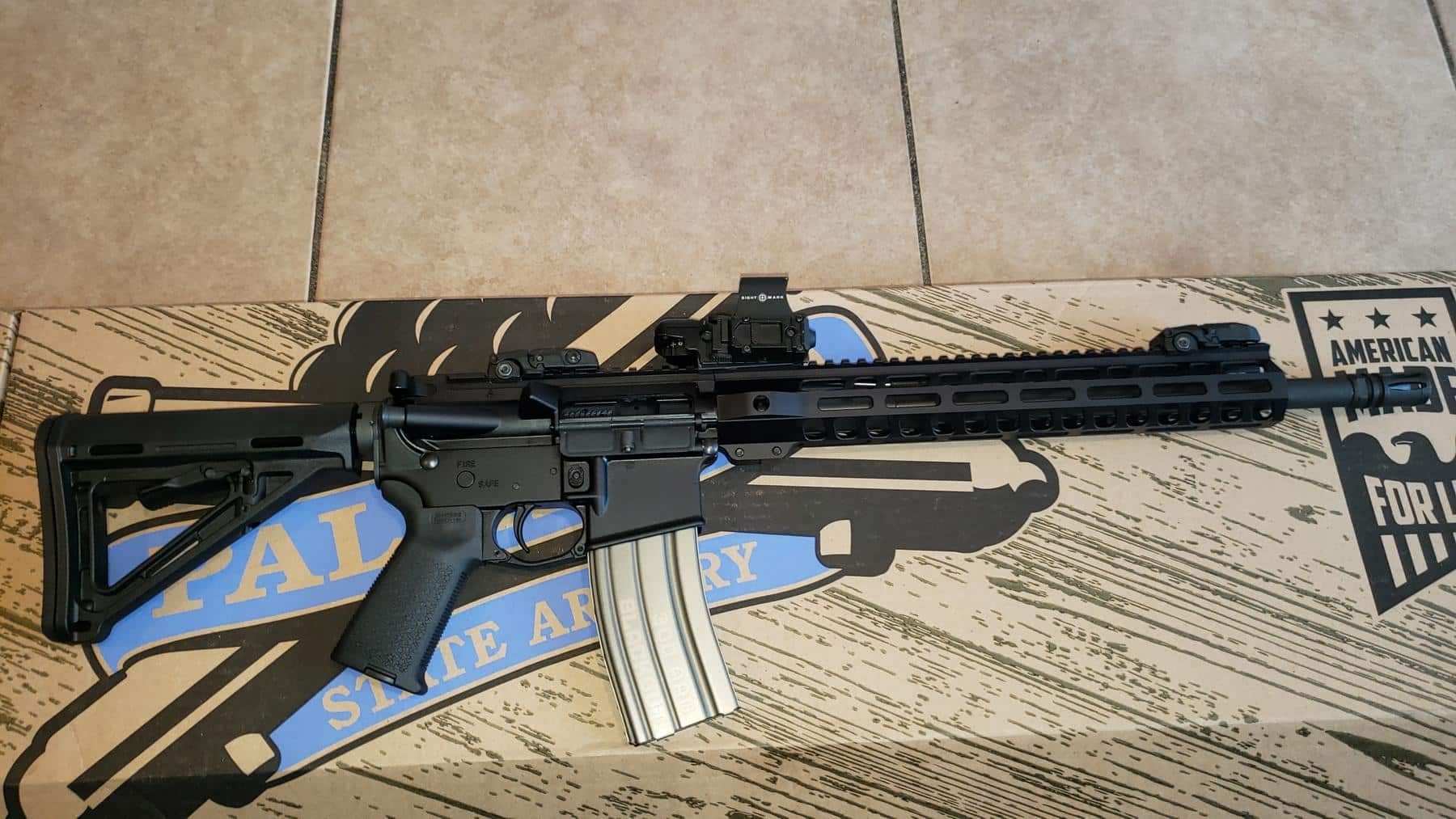
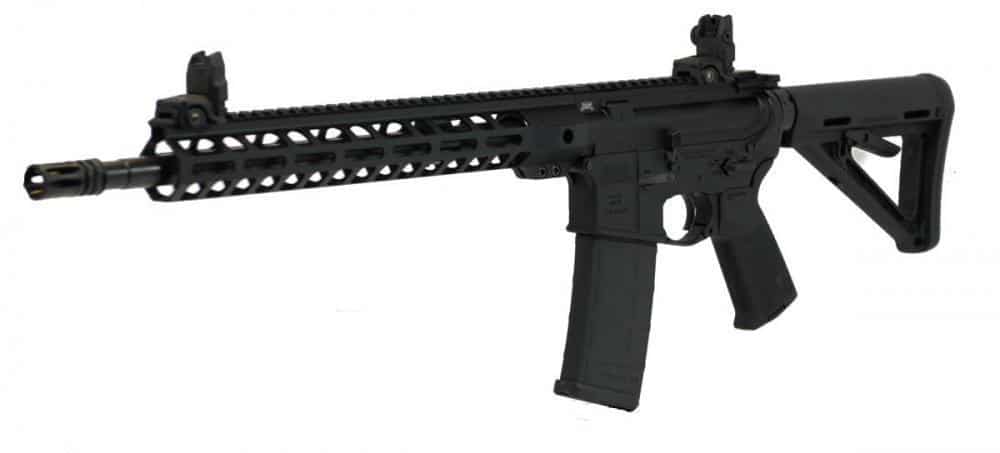










One Response
no comments. really?